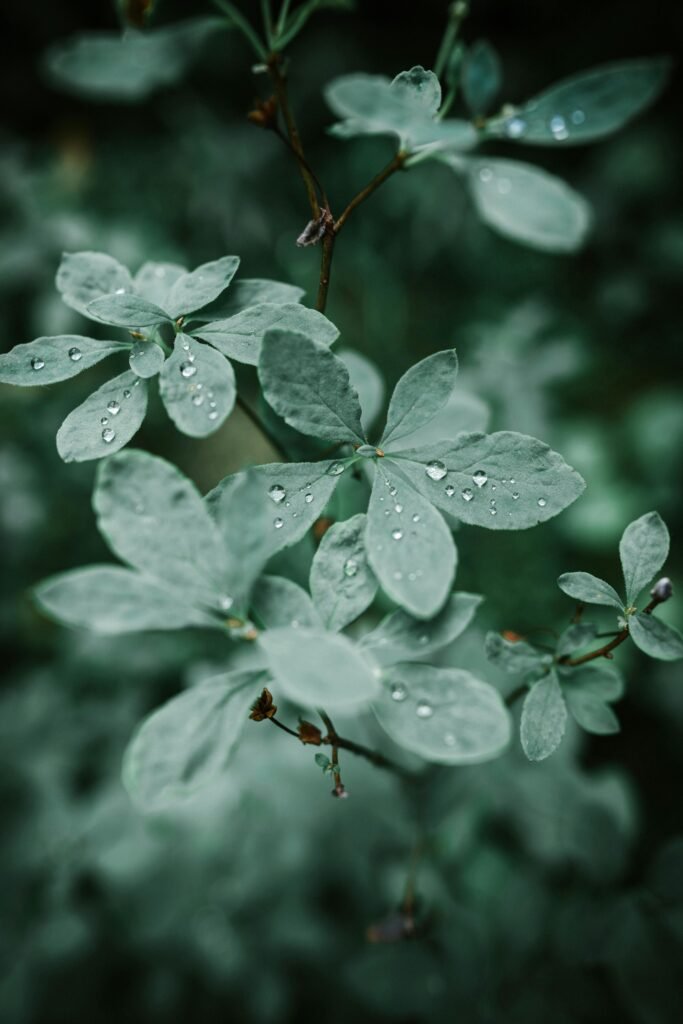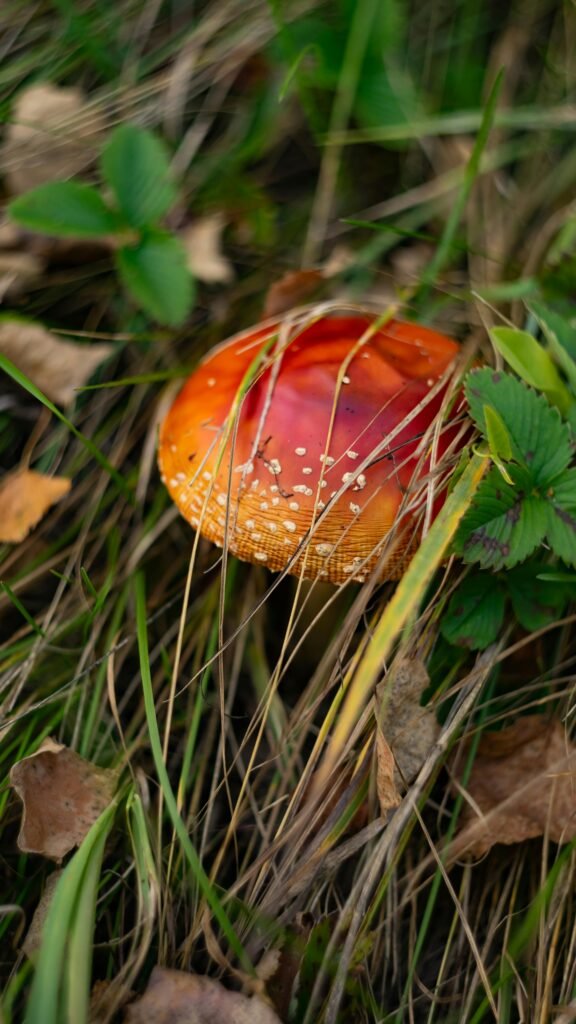Preserving Biodiversity: The Influence of Wildlife Conservation on Alligator Leather Industry
Welcome to an insightful article discussing the fascinating relationship between wildlife conservation and the alligator leather industry. By focusing on the importance of preserving biodiversity, we can better understand how sustainable practices contribute to the thriving market of alligator leather. Join us as we explore the positive influence of wildlife conservation efforts on the production and sustainability of one of the most luxurious materials in the fashion world. So sit back, relax, and learn how protecting wildlife can benefit not only ecosystems, but also industries that rely on them. Have you ever wondered how wildlife conservation efforts impact industries like alligator leather production? Let’s explore the dynamic relationship between wildlife conservation and the alligator leather industry, and how these two seemingly contradictory forces can coexist harmoniously.
The Importance of Biodiversity Conservation
Biodiversity conservation is crucial to maintaining the delicate balance of our planet’s ecosystems. By protecting and preserving various species of plants and animals, we ensure the continuity of life on Earth for future generations. Wildlife conservation aims to prevent the loss of biodiversity by implementing measures to safeguard endangered species and their habitats.
Why is preserving biodiversity important?
Preserving biodiversity is essential for the health of our planet and all its inhabitants. Each species plays a unique role in the ecosystem, and the loss of one species can have a domino effect on the entire food chain. Biodiversity conservation helps maintain ecosystem stability, provides valuable resources for human use, and contributes to the overall health of the planet.
The Alligator Leather Industry: A Brief Overview
The alligator leather industry has a long history and is deeply rooted in various cultures around the world. Alligator leather is highly prized for its luxurious texture, durability, and unique appearance. Products made from alligator leather, such as handbags, shoes, and belts, are considered high-end luxury items and are sought after by fashion enthusiasts and collectors alike.
What makes alligator leather so desirable?
Alligator leather is renowned for its distinctive scale pattern, superior strength, and softness. It is a premium material that exudes luxury and exclusivity, making it a popular choice for high-end fashion products. The rarity and quality of alligator leather contribute to its high market value and demand among discerning consumers.

This image is property of images.pexels.com.
The Role of Wildlife Conservation in Regulating Alligator Hunting
Wildlife conservation efforts play a crucial role in regulating the hunting and harvesting of alligators for their valuable leather. By implementing sustainable practices and strict regulations, conservation authorities can protect alligator populations from overexploitation and ensure the long-term viability of the species.
How does wildlife conservation regulate alligator hunting?
Wildlife conservation organizations work closely with government agencies and local communities to establish quotas and guidelines for alligator hunting. These regulations govern the number of alligators that can be harvested each year, the methods used for hunting, and the protection of critical habitats. By monitoring and enforcing these regulations, conservation authorities can prevent the depletion of alligator populations and promote sustainable practices in the leather industry.
Sustainable Practices in Alligator Leather Production
In recent years, there has been a growing emphasis on sustainability and ethical practices in the fashion industry, including the production of alligator leather. Companies are increasingly adopting sustainable sourcing methods, transparent supply chains, and eco-friendly processing techniques to minimize their environmental impact and support wildlife conservation efforts.
How are sustainable practices integrated into alligator leather production?
Sustainable practices in alligator leather production focus on minimizing waste, reducing carbon emissions, and protecting natural habitats. Companies are partnering with conservation organizations to ensure responsible sourcing of alligator skins, implement humane treatment of animals, and support local communities that depend on alligator hunting for their livelihoods. By adopting sustainable practices, businesses can promote biodiversity conservation and contribute to the preservation of alligator populations.

This image is property of images.pexels.com.
The Economic Impact of Wildlife Conservation on Alligator Leather Industry
While wildlife conservation measures are essential for protecting endangered species and preserving biodiversity, they can also have a significant economic impact on industries like the alligator leather industry. Conservation regulations and restrictions can affect production costs, supply chains, and market demand for alligator leather products.
How does wildlife conservation influence the economy of the alligator leather industry?
Wildlife conservation efforts can impact the economy of the alligator leather industry in various ways. Conservation regulations may restrict the number of alligators that can be harvested, leading to reduced supply and increased production costs for leather manufacturers. Additionally, consumer awareness of conservation issues and ethical sourcing practices can influence purchasing decisions, affecting the demand for alligator leather products in the market.
The Future of Biodiversity Conservation and Alligator Leather Industry
As the fashion industry continues to evolve and consumer preferences shift towards sustainable and ethical products, the relationship between wildlife conservation and the alligator leather industry is likely to undergo significant changes. Companies that prioritize biodiversity conservation and support sustainable practices are better positioned to meet the demands of an environmentally conscious market.
What does the future hold for biodiversity conservation and the alligator leather industry?
The future of biodiversity conservation and the alligator leather industry is intricately linked to the implementation of sustainable practices, ethical sourcing methods, and community engagement. As conservation efforts become increasingly integrated into the supply chain of alligator leather production, businesses will need to adapt to changing regulations and consumer expectations to remain competitive in the market. By embracing biodiversity conservation as a core value, companies can contribute to the preservation of alligator populations and the protection of natural ecosystems for generations to come.
In conclusion, wildlife conservation plays a vital role in shaping the future of the alligator leather industry and promoting sustainable practices in fashion. By supporting conservation efforts, businesses can not only protect endangered species and biodiversity but also ensure the long-term viability of their industry. The coexistence of wildlife conservation and the alligator leather industry is a testament to the transformative power of sustainable practices and ethical sourcing in the fashion industry. Together, we can work towards a future where luxury and sustainability go hand in hand, creating a more harmonious relationship between fashion and nature.
